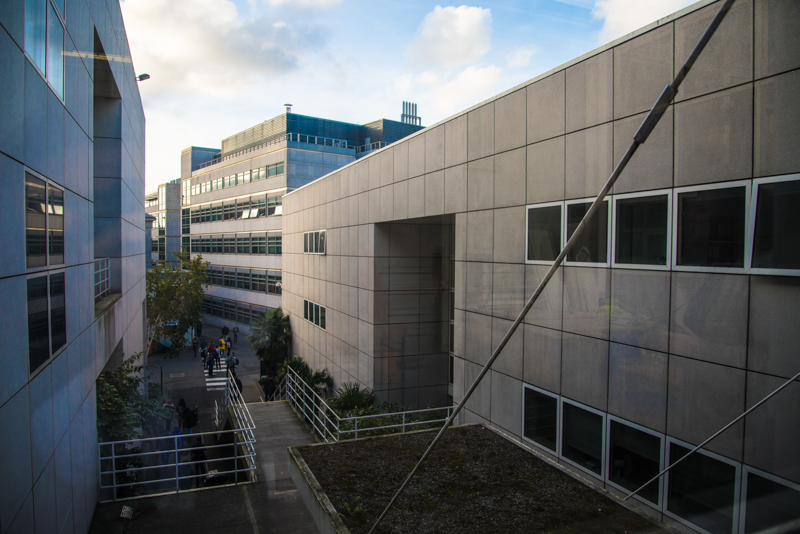Trinity has been awarded over €10 million in research funding by Science Foundation Ireland, as part of an overall €28 million investment in research equipment and facilities which will support 21 research projects around Ireland.
The funding awards, which took place at Birr Castle, Offaly, saw five Trinity research projects across three different sectors receive funding.
Trinity’s Advanced Materials and BioEngineering Research (AMBER) project received the most funding, €3.3 million, for its work on additive manufacturing, which provides a method to prototype and customise products quickly and at low cost. The researchers, led by Prof Stefan Sanvito, Director of the Centre for Research on Adaptive Nanostructures and Nanodevices (CRANN), hope to develop printable materials such as 3D hip and knee implants with the funding.
SFI also awarded €3.2 million to AMBER’s Dr Plamen Stamenov, for his work on trifolium dubium, a tool capable of growing complex, device quality stacks of metal and oxide thin films, which can be used to the IT and energy sector across Ireland.
The CONNECT Centre in Trinity also received €1.8 million in funding. Led by Prof Linda Doyle, their “Pervasive Nation” project hopes to create a country-wide, wireless network to support the Internet-of-Things (IoT), making Ireland the first country in the world to have full IoT coverage . The relatively new concept of the Internet-of-Things connects everyday objects to the internet by allowing by allowing useful information to be communicated to other objects, machines or humans.
The GeoRise project, led by the deputy director of the Irish Centre for Research in Applied Geosciences, Prof Balz Kamber, also received just over €636,000 in funding, for the development of the Georise scanning electron microscope which, from its use studying metals in rocks, could be used to help develop new energy resources.
€1.4 million of this funding will go towards building a Low Frequency Array (LOFAR) telescope in the castle, joining Ireland up with the LOFAR telescope network across Europe and improving our understanding of the universe.
In a press statement Prof Peter Gallagher, Associate Dean of Research and Professor in Astrophysics, said: “The Irish LOFAR station at Birr builds on Ireland’s great scientific heritage of the Leviathan Telescope of Birr and will connect us to the largest low frequency radio telescope in the world.” Gallagher also serves as Director of the Rosse Solar-Terrestrial Observatory at Birr Castle, and chair of the Irish LOFAR Consortium (I-LOFAR).
Gallagher also expressed his hope that the telescope will “inspire students to study science, engineering and computer science, and attract additional visitors to Birr. It will also act as a magnet to attract technology companies to the area.”







